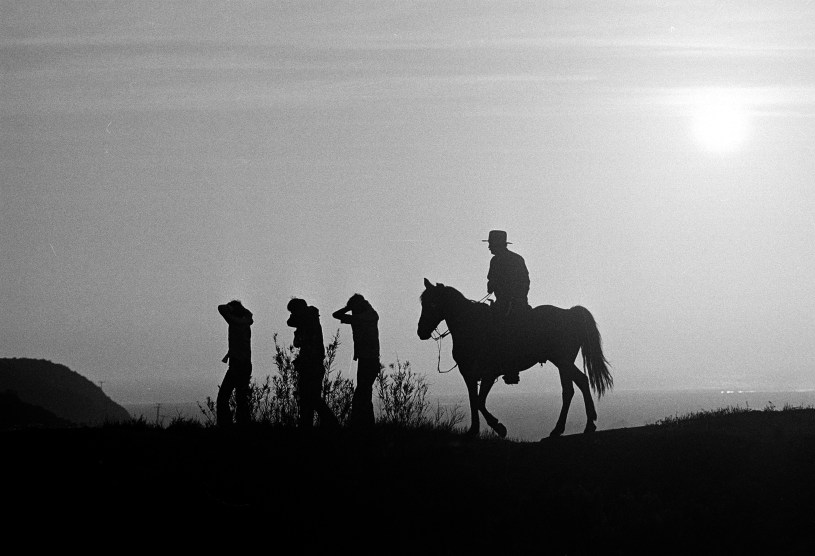The Washington Post‘s Jonathan Weisman critiques the poverty and health insurance statistics that will be released tomorrow, noting that the methodology is inevitably flawed and the numbers “overstate some problems and understate others.” For instance:
[S]ince poverty levels are not adjusted for regional costs of living, the working poor in expensive urban centers like Washington are routinely excluded from federal programs because their income lifts them above the official poverty line. The rural poor in low-cost states like Arkansas often can afford considerably higher standards of living than their urban compatriots. Yet they may be eligible for food stamps, housing aid, free school lunches and other programs that exclude the urbanites.
That’s all true, although I wouldn’t say the rural poor have it good, especially in persistently depressed regions such as the Mississippi Delta, Appalachia, or the lower Rio Grande Valley. Nor do the rural poor necessarily have a “cost of living” advantage. For one, job opportunities are much scarcer than in the cities, the physical infrastructure tends to be especially rotten, and the social-support services are considerably more limited than in urban areas. (Not that they’re wonderful in urban areas.) Plus, transportation costs can be somewhat higher. On the other hand, concentrated poverty in urban areas comes with its own set of problems, including violence and crime. None of this contradicts Weisman, of course, who notes that poverty rates in any case are probably understated:
Officially, the poverty rate has drifted upward since 2000, from 11.3 percent to 12.5 percent in 2003. But a more sophisticated measurement that the Census also publishes, which accounts for variable costs of living, rising medical expenditures and more accurate price inflation, shows the official rate has consistently understated poverty. By that alternative measure, the percentage of Americans below the poverty line has risen from 12.8 percent in 2000 to 14.2 percent in 2003. Using such measurements, last year the Democratic staff of the Joint Economic Committee found poverty rates nearing 16 percent in the late 1980s.
At the same time, household incomes may be understated because they do not include non-cash income like food stamps. The earned income tax credit was created during the Reagan administration specifically to raise the working poor out of poverty. But by government counting, the program has not lifted a single person above the poverty threshold, Michael said. Since poverty rates are based on pre-tax income, refunds like the earned income credit do not count.
All of that makes sense—poverty statistics should take into account variable costs of living, etc.; non-cash benefits should count toward income—although this is also hardly the only way to count poverty. Some researchers prefer to look at consumption patterns rather than income—after all, if a family is spending little, that could indicate deprivation, although it could also indicate thriftiness—or even various self-reliance programs (at what point can families fend for themselves without government assistance). At any rate, there are a million different ways to slice these numbers up, and obviously the main story is that millions of Americans really are poor, and many more millions really don’t have health insurance. Still, without an accurate grasp on the problem here, many who need assistance will be passed over, silently.









